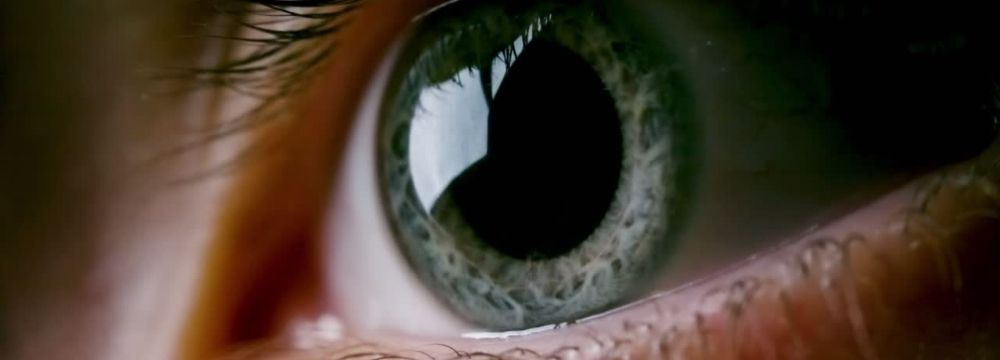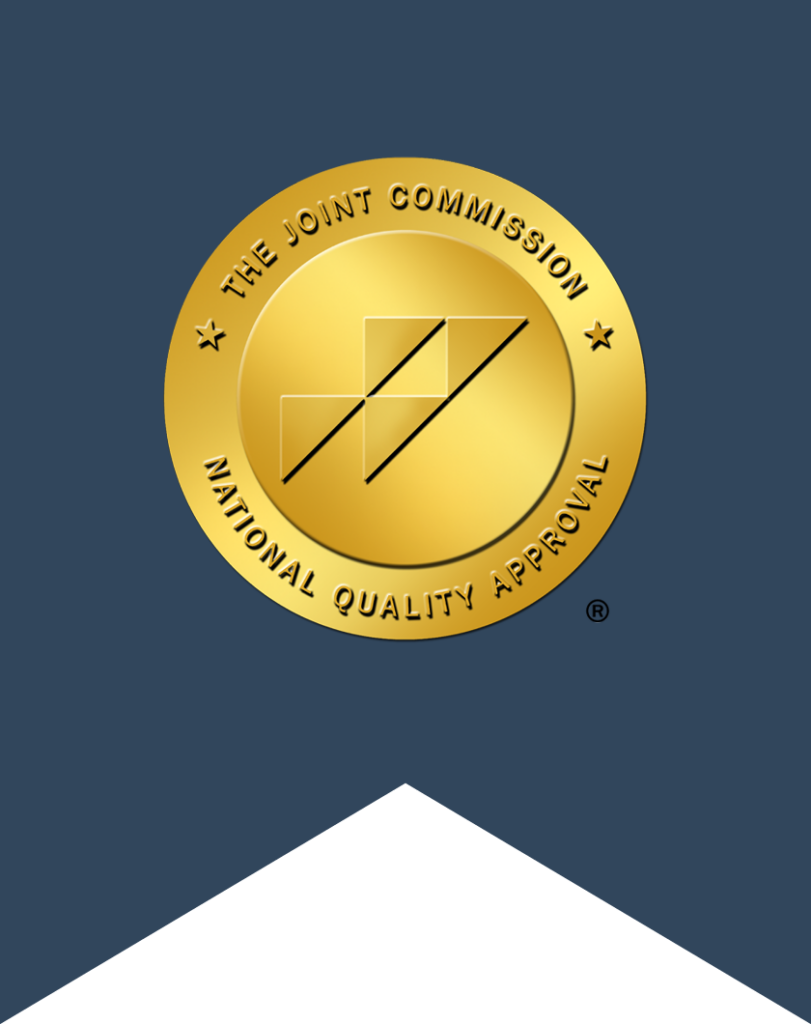
Crystal meth, widely known on the street as methamphetamine, meth, chalk, ice, and crystal, is a highly addictive stimulant belonging to the amphetamine class of drugs. It’s sold illicitly as a white, crystalline powder that’s bitter-tasting and odorless. Amphetamines were first developed in 19th Century Germany and evolved into methamphetamines in Japan in 1919. During World War 2, meth was used to keep soldiers awake, and later, in the 1950s, it was used alternately as a decongestant to lose weight and fight depression. The 1960s saw a period of increased abuse which led to the drug being made illegal for most uses in the US in the 1970s. While the drug remains illegal today, it is a major drug of abuse and continues to be a significant societal concern.
Crystal meth abuse is a widespread problem in the U.S. and is exacerbated by the ease of production in large and small “labs” alike. Additional production of methamphetamine occurs in Mexico, at which point it is brought into the United States illegally. Although it’s not the most popular illicit drug of abuse, it is one of the most destructive.
Methamphetamine works by increasing the amount of the feel-good neurotransmitter dopamine in the brain. The psychoactive effect of meth is an intense but short-lived euphoria. Those who abuse it typically take it repeatedly over a short time to maintain the high.
Crystal meth is taken by mouth, snorted, smoked, or dissolved in a liquid and injected. Smoking and injecting meth are the more common methods of delivery since they provide the drug to the brain more quickly and produce the most intense effects.
Meth Use Trends
Recent data from the National Institute on Drug Abuse has found that between 2015 and 2019, methamphetamine use jumped by 43%. Those who used meth frequently – at least 100 days a year – increased by 66%. While the portrayal of a typical meth user is a middle-aged white man, this same data showed a 10-times increase in meth use in the black population and a four-times increase in meth use in 18 to 23-year-olds.
And while we have limited official data past 2019, we know that the coronavirus pandemic has increased drug use in the United States. It’s reasonable to believe that meth use has increased commensurately. Further, the data used by the NIH researchers only included self-reported use, and the homeless population was not sampled, both of which may significantly underestimate the scope of the problem.
Did Breaking Bad Change the Trend in Meth Use?
The top-rated television show Breaking Bad brought the illicit manufacture and use of meth to our homes through our televisions. While the show was tremendously popular and generally considered one of the best television shows ever made, there was concern that it portrayed meth in a way that glorified its production ore use. However, by the time the show ended its run, there was no evidence to suggest that this was the case. It seems that, if anything, it heightened public awareness of the drug without necessarily leading to increased use. Of course, no connections can be drawn either way as precise measurement is unavailable.
The Fentanyl Scourge
More recently, illicit fentanyl, which is typically produced outside of the United States and smuggled in, has contaminated what are already dangerous drugs, causing a significant increase in overdose deaths. This is also true for fentanyl-laced meth. Fentanyl is a controlled substance classified as Schedule II in the United States – the same as meth. Fentanyl is a powerful opioid used to treat patients with chronic pain issues. However, because fentanyl is over 100 times more potent than morphine, a minimal dose can be lethal. Just 2 mg of the drug can kill an average person.
Paraphernalia Associated With Meth Use
Meth is typically sold in the cut-off corners of plastic sandwich bags and secured with a short piece of twist tie. However, because users are adept at hiding these drugs, it is not always obvious what paraphernalia is being used to store or consume meth. Below, we will discuss some of the everyday household items that are used or modified to facilitate meth consumption:
- Pens & Straws: While seemingly innocuous, pens and straws can be used to snort or smoke meth. Look for hollowed-out ink pens or cut pieces of straws.
- Aluminum foil: Strips of creased aluminum foil hold the meth while a flame heats it from underneath. Look for balled-up aluminum foil or foil that has burn marks on it.
- Glass pipes are used to smoke meth. Users may also utilize a hollow glass tube with burn marks on one end or a gutted light bulb with a hole at the top.
- Syringes may indicate that your loved one is injecting meth.
- Spoons: Spoons are used to heat and liquefy the meth crystals. Look for spoons with burnt residue inside or burn marks underneath.
- Cigarette butts. You might think nothing of cigarette butts lying around. But have they been smoked? Look for little pieces of cotton or unused cigarette filters that may have been employed to filter the solution before injecting it.
- Torch lighters are preferred by meth users over standard lighters.
Physical Signs of Meth Use
Shortly after using meth, your loved one may:
- Have dilated pupils
- Exhibit increased wakefulness
- Be more physically active
- Experience a loss of appetite
- Breathe faster
- Meth also temporarily increases the heart rate, blood pressure, and body temperature. Once the high winds down, users typically sleep for long periods.
Physical Signs of Long-Term Meth Abuse
According to PBS Frontline, long-term methamphetamine use can cause:
- Extreme weight loss
- Severe acne breakouts
- Slow-healing wounds.
- Burns around the mouth
- Viral and fungal infections of the skin.
- “Meth mouth,” which is the slang term for severe dental problems caused by the chemicals in meth, the drying out of the salivary glands due to meth use, and the compulsive grinding of the teeth, is common among users. Meth mouth is characterized by discolored, broken, or rotting teeth, and it can occur even among short-term users.
Emotional and Psychological Signs of Meth Use
- Hallucinations lead users to pick and scratch at “bugs” on their skin.
- Aggressive or violent behavior
- Anxiety or restlessness
- Withdrawal from social activities
- Stealing or borrowing money regularly
- Lying about drug use
- Become combative when confronted with discussions about drug use
Getting Help for Meth Addiction
Addiction to Meth is a challenging drug to stop using and even treat due to its intense withdrawal symptoms, the inability to feel pleasure, the onset of a deep, dark depression, and suicidal thoughts. The sooner your loved one gets help through an inpatient addiction treatment facility, the better their chances of successful long-term recovery.
